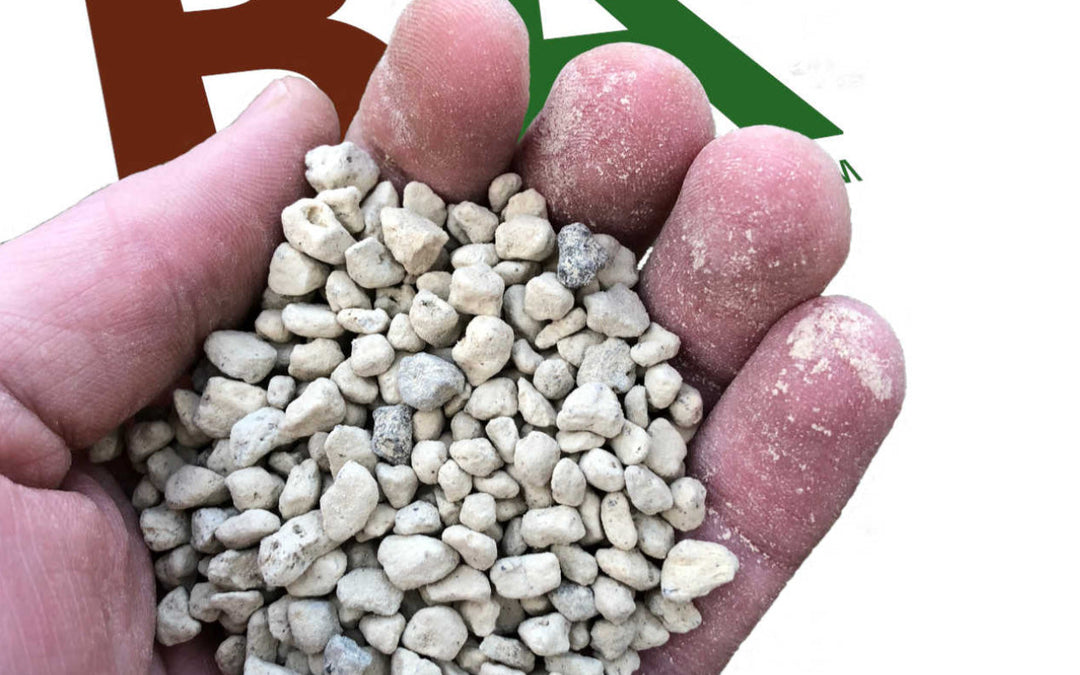Creating a Landscape Lawn Care Plan
Taking care of your lawn doesn’t have to mean spending your entire weekend busy with fertilizer, soil tests, and pruning shears. We’re here to help make yard care manageable with tips and tricks for creating the perfect lawn care plan! We’ll cover the steps for creating a lawn care plan, must-have equipment, and what actions to take during each season to make the most of your yard maintenance routine.
How to Create a Lawn Care Plan

The most critical step in creating a lawn care plan is understanding the maintenance every lawn needs to look its best. You’ll need to factor in seven lawn care tasks into your plan to see success, the most important one being knowledge of grass care based on type. The time it takes to complete each task depends on the details of the yard you’re caring for and your experience.
7 Factors to Consider When Creating Your Lawn Care Plan
- Grass type
- Watering
- Mowing
- Fertilizer
- Edging
- Weed control
- Damage repair
Lawn Maintenance Based on Grass Type

Getting the lush, green yard you’ve always dreamed of is easier than you think. Understanding the types of grass is critical for proper grass care. However, the first and most crucial step is understanding what your yard is made of. With more than 12,000 species of grass worldwide and hundreds in the United States, it can feel challenging to figure out what type of grass you have. There are three main seasons into which we group grasses:
- Warm-weather grass
- Cool-weather grass
- Transition grass
Warm-Weather Grass Types
Grasses that grow best in warm weather are Bermuda, St. Augustine, and Zoysia. These three grasses are typically found in warm and humid climates such as the Gulf Coast and the Southwestern United States.
Cool-Weather Grass Types
Cool-weather grasses include Bentgrass, Bluegrass, Fescue, and Ryegrass. These grasses are typically found in cooler, humid locations such as the Midwest, Northeast, and Pacific Northwest.
Transition Grass Types
Unlike grasses that have adapted to warm or cool weather, transitional grasses haven’t fully adapted to either climate. Therefore, people who live in transitional climates typically do best by choosing cool-weather grass such as perennial ryegrass, tall fescue, or Kentucky bluegrass. Do your research to see which type of grass will work best for your climate before choosing to seed or sod your yard.
Lawn Maintenance Plan Tasks

Each grass type requires specific grass care, including different watering schedules, fertilizer types, sun, length requirements, and more. Once you’ve determined the type of grass you have, you can create a lawn care plan that will help your yard look its best.
Watering Your Grass
Creating a comprehensive watering schedule is critical to the overall health of your lawn, which is why watering is first in our list of lawn care guidelines. Most experts recommend watering your lawn two to three times each week, ideally before 10 a.m. In addition, an early morning watering schedule helps prevent the water from evaporating if you live in a warmer climate.
You should aim to saturate your lawn to a depth of between six and eight inches for proper grass care. The best way to check the permeation of your water is by sticking an instrument such as a screwdriver into your grass. If the screwdriver easily penetrates the soil, your lawn is adequately saturated. If it rains, estimate the amount of water your grass receives and then factor that into your watering schedule.
How to Mow Your Lawn

Cutting your grass isn’t as easy as pushing a lawnmower around and calling it a day. Mowing is another instance where grass type comes into play. Each grass type has a proper mowing height, and adjusting your lawnmower to accommodate that height is a crucial part of grass care.
3 Tips for Cutting Your Grass
- Cut to the correct height
- Don’t mow your grass when it’s wet
- Change your mowing patterns to avoid ruts
Did you know that your grass has an ideal height? Understanding the best way to support your grass is a critical part of your yard maintenance plan.
Mowing a lawn too short leaves it susceptible to turning brown, growing sparse, and having a weak root system. Grass that has been cut too short is also more prone to weeds and diseases. A lawn that isn’t mowed frequently enough can also cause problems, including slender leaves, an influx of rodents and other pests, and difficulty mowing.
Mowing your grass when it’s wet can cause clogs in your lawn mower and clumps of grass that can sit on your lawn and cause brown spots. It’s also recommended to vary the pattern you use to cut your grass to avoid creating ruts in the lawn from your lawn mower.
Fertilizing Your Lawn
The first step in choosing the right fertilizer is to test your soil for its current nutrient profile. Otherwise, you may waste money on a yard maintenance plan of supplements and organic fertilizer you don’t need. A soil microbiometer is an excellent investment for those looking to conduct routine soil checks to see how the life of their soil is doing.
Once you’ve determined what, if any, nutrients or qualities your soil is lacking, you can create a lawn care plan that uses natural and organic fertilizer supplements to take care of what you’re missing to create the healthiest lawn and garden possible.
Why Should You Edge Your Yard?
Creating a smooth and defined border between your grass and any sidewalks, walkways, flower beds, or driveway makes everything look more polished and professional. Ensure that edging is part of your lawn care plan and that you know how to properly use any equipment necessary before beginning.
Beautify Your Lawn with Weed Control
Treating any existing weeds is step one in ensuring your lawn looks happy and healthy. But first, be sure to choose the proper weed control method. Weed killer comes in several styles:
- Systemic
- Contact
- Pre-emergent
- Post-emergent
- Selective
- Non-selective
Select the weed killer that works for your yard, taking into account your grass type, and if you have an eco-lawn that contains microclover, then incorporate weed prevention to stop the problem from occurring in the future.
Grass Damage Repair
Grass damage comes in many forms, but a thorough yard maintenance plan can remedy your issues and get you back on track to a lush, green landscape. The top four types of damage to grass are:
- Insects, birds, and rodents
- Damage from ice melts
- Pet damage
- Weeds
Best Lawn Care Tools
You don’t need a giant shed and every new gadget to keep your yard looking fantastic. Here are our must-have garden tools and equipment to involve in your yard and grass care plan:
- Rake
- Shovel
- Trimming shears or pruners
- A soil test kit or microbiometer
Complete Lawn Care Plan
If you’re looking for a lawn care package that covers every step necessary to make your yard the envy of your entire neighborhood, Rocky Mountain BioAg® has you covered with our Microbe Manna ABC Lawn and Landscape Care Program. This lawn care package features more than a decade of experience and research and makes growing a beautiful, lush yard an easy DIY project. Follow our step-by-step instructions and timeline with each product and take the guesswork out of lawn maintenance.
Establishing a lawn care plan is as easy as understanding the maintenance required for your type of grass, setting aside time to complete each task, and then sitting back to enjoy the fruits of your labor. When it comes to the best tools, fertilizers, weed control products, and expertise, the team at Rocky Mountain BioAg® is here to help.









Leave a comment